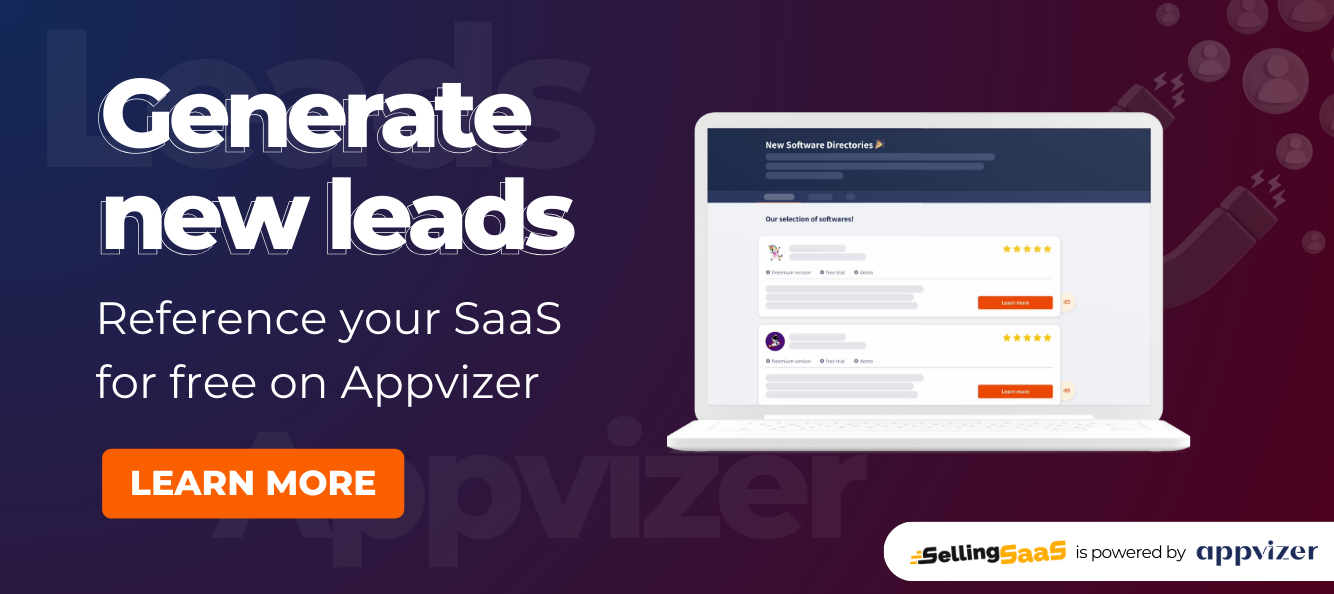Scaling a Software as a Service (SaaS) business is a multifaceted endeavor, crucial for long-term success and sustainability. This comprehensive guide explores the essentials of SaaS scaling, from understanding the basics to overcoming challenges and implementing effective strategies.
1. SaaS Scale: Understanding the Basics
What is SaaS Scale?
SaaS Scale refers to the process of expanding a SaaS company’s operations, customer base, and revenue. It involves scaling up systems, processes, and teams to support growing customer demands and market opportunities.
SaaS Scale, in its essence, encompasses the expansion strategies of a SaaS (Software as a Service) company. This process involves enlarging the company’s operational capabilities, customer base, and revenue streams. The key components of SaaS Scale include:
- System Expansion: Upgrading technology and infrastructure to handle larger volumes of data and transactions.
- Process Optimization: Streamlining workflows to boost efficiency and accommodate growth.
- Team Scaling: Increasing and developing human resources to support expanded operations.
The Spectrum of SaaS Scale
SaaS companies are diverse, ranging from budding startups to established enterprises. Each stage on this spectrum presents unique scaling strategies and challenges:
- Startups: Focus on establishing market presence, often with limited resources.
- Mid-sized Companies: Concentrate on process optimization and market expansion.
- Large Enterprises: Aim at global reach, innovation, and diversification.
Impact on Revenue and Customer Base
Effective scaling is a potent driver for both revenue growth and customer base expansion. Key impacts include:
- Efficient User Management: Scaling allows handling of an increasing number of users without compromising service quality.
- Transaction Management: Enhanced ability to process a larger volume of transactions efficiently.
Why Focus on SaaS Scale?
Scaling is not merely about growth; it’s a crucial step for SaaS companies to fully leverage their market potential. The reasons include:
- Handling Workload: As customer demands increase, companies must scale to manage the workload effectively.
- Customer Base Expansion: Scaling enables the acquisition and support of a larger customer base.
- Revenue Growth: Proper scaling strategies lead directly to increased revenue.
- Quality Maintenance: Scaling ensures that service quality remains high or improves, despite the growing demands.
The Purpose and Benefits of Scaling
The overarching goal of scaling in the SaaS realm is twofold:
- Business Growth: To ensure the continuous growth of the business in terms of size and revenue.
- Value Enhancement: To improve the value delivered to customers, which in turn fosters customer loyalty and brand strength.
The tangible benefits of successful scaling include:
- Increased Market Share: A larger customer base translates to a more significant market share.
- Product Improvement: Scaling often leads to product enhancements, driven by increased resources and customer feedback.
- Brand Recognition: As the company grows, so does its brand presence in the market.
In summary, SaaS Scale is a critical element for the success and longevity of a SaaS company. It’s a complex process that requires careful planning and execution, but when done right, it leads to substantial business growth and customer satisfaction.
2. Strategies for Scaling a SaaS Business
Inbound Marketing: Building a Strong Brand and Increasing
- Content Creation: Develop a robust content strategy that includes blogs, whitepapers, and case studies, addressing pain points and interests of your target audience.
- SEO and SEM: Optimize your website and content for search engines to increase visibility. Invest in search engine marketing for targeted reach.
- Social Media Engagement: Utilize platforms like LinkedIn, Twitter, and Instagram to engage with your audience, share valuable content, and build brand authority.
Customer Support and Success: Key to Scaling
- Scalable Support Systems: Implement customer support tools like Zendesk or Freshdesk that can scale with your customer base.
- Proactive Customer Success: Develop a customer success program focused on helping customers achieve their goals using your SaaS product, which can include regular check-ins, customized onboarding, and resource sharing.
- Feedback Loop: Establish a system for gathering and implementing customer feedback to continually improve the user experience.
Product Development and Market Fit: Aligning the Saas Product with Customer Needs
- Continuous Product Improvement: Utilize Agile methodologies for regular updates and improvements based on user feedback and market trends.
- Feature Development: Prioritize developing features that address the most pressing needs of your target audience.
- Beta Testing: Regularly test new features with a segment of your user base to gather feedback before a full-scale rollout.
Building Brand Awareness and Driving Growth through Marketing Efforts
- Targeted Advertising: Use platforms like Google Ads and LinkedIn Ads for targeted campaigns that speak directly to your ideal customer profile.
- Public Relations: Engage in PR activities like press releases, interviews, and articles in relevant industry publications to build brand credibility.
- Partnerships: Form strategic partnerships with other companies to co-market products, expanding your reach to a broader audience.
The Role of the SaaS Manager in Scaling a Company
- Strategic Planning: Define clear goals and objectives that align with the overall vision of the company. Utilize frameworks like OKRs (Objectives and Key Results) to set and track these goals.
- Team Leadership: Build and lead a team that is aligned with the company’s culture and goals. Focus on hiring for roles that are critical for scaling.
- Data-Driven Decision Making: Use analytics and data to inform decisions, track progress, and adapt strategies as needed.
3. Challenges and Solutions in Scaling a SaaS Business
Engineering and Technical Challenges
Optimizing software for scale and performance is a major technical challenge. Solutions include adopting scalable cloud infrastructures and ensuring robust, scalable codebases.
Cultural and Knowledge Challenges
Maintaining a cohesive culture and growth mindset is essential. Implementing continuous learning and development programs can help sustain a growth-oriented ethos.
Executive and Operational Challenges
Managing increased workload and mitigating risks are key executive challenges. Solutions involve streamlining operations and adopting risk management strategies.
People and Team Challenges
Ensuring team well-being, promoting growth, and driving valuable initiatives are vital. This can be achieved through leadership development, team building, and maintaining a healthy work-life balance.
Sales and Revenue Challenges
Scaling the sales team and improving conversion rates are crucial for revenue growth. Strategies include sales training, CRM systems, and performance analytics.
Conclusion
Scaling a SaaS business is a complex yet rewarding endeavor. It requires a strategic approach, encompassing everything from technical infrastructure to cultural ethos. By understanding the nuances of scaling and implementing effective strategies, SaaS companies can navigate growth challenges and achieve sustainable success in the competitive digital marketplace.


